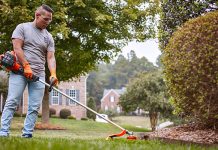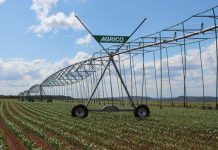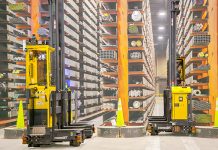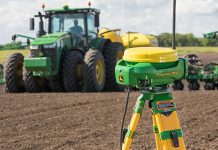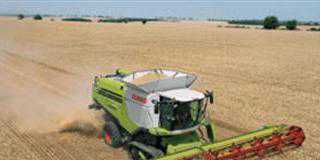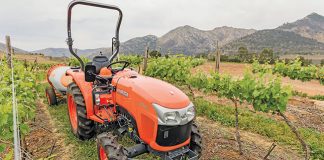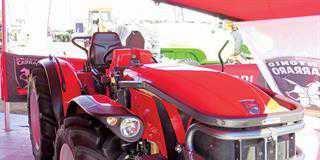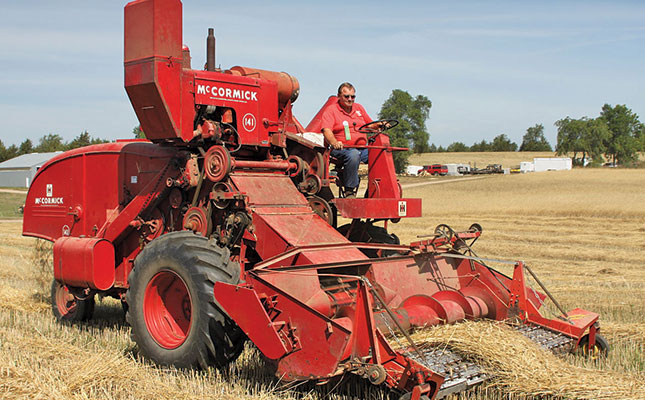
Photo: Ben Franske
Not every farmer can afford to buy a new combine harvester, and new parts are expensive and sometimes hard to come by for older machines. So it’s worthwhile to take good care of your current combine.
Essential checklist
The following items should be checked regularly, particularly before the harvest season begins, and routinely throughout the harvest:
- Chains and sprockets
Older combines have many moving parts. Every rotating shaft is driven by a chain running on a sprocket. Ensure that each chain is set to the correct tension and is well lubricated. A loose chain will slip and wear away the teeth on the sprocket, reducing the efficiency of grain intake and thus lowering yield. Replace any chain that is not in good order and ensure that the sprockets are in a good state, as these keep everything running smoothly. - Belts and pulleys
Belts and pulleys run on shafts and should turn smoothly without strain or resistance; this will prevent secondary damage to the shafts and chains. Belts become brittle over time and can also stretch, leading to slippage. Set them reasonably tight and keep them in good condition. Belts come in a variety of shapes and sizes. When buying a new one, take the old belt along as a guide for size. The pulleys that the belts run on can wear down and become rusted over time, especially if the machine is parked outdoors. Be sure to check pulleys at the start of each season. Turn them by hand and gauge the strength of the metal. Spare pulleys can be hard to find; you may need to contact a second-hand or scrap dealer, or have one specially made for you. - Bearings
Bearings are subject to a great deal of wear and tear, especially in dusty conditions. Check them before the season begins and daily during harvest time. Keep them well greased, especially those fitted with grease nipples. If a bearing goes, it can lead to secondary damage if not noticed quickly.
Check occasionally
The following parts should be checked from time to time, particularly before harvest:
- Cutter blades
These cut the stalks before they enter the machine. They should be sharp to avoid clogging and dragging of uncut plants under the combine. Older machines such as the Slattery single row combine have three sickle cutter blades; they are easy to change and spare blades are available at most equipment dealers. - Sieves
Ensure that the sieves have no holes in them and are not rusted. A poor sieve will negatively affect your grain’s quality grade, as stalks and dirt clods will not be removed effectively. - Augers
Augers move grain into the hopper as well as from the hopper into the trailer or truck. Check that they are not worn on the edges, as this will leave some grain behind. It can also split your grain by ‘milling’ it between the auger and the casing. Ensure that the auger blades are free of holes, as these will reduce the efficiency of the machine. - Hopper
The metal lining of the hopper can sometimes rust away, leaving holes through which grain can leak out. Avoid this kind of wastage at all cost; patch any hole you find by welding a section of new sheet metal over it. - Beaters
The beaters can be adjusted to be more or less aggressive before harvesting commences. Before you start harvesting, run a small trial to check the quality of the grain. If you find plenty of breakages and splits, set the beaters to be less aggressive.
This is a simple process of loosening the bolts that fasten the beaters onto the main intake auger and moving them in or out.
Source: Mathews, G. 2018. ‘Keep your old combine moving and grooving’.


